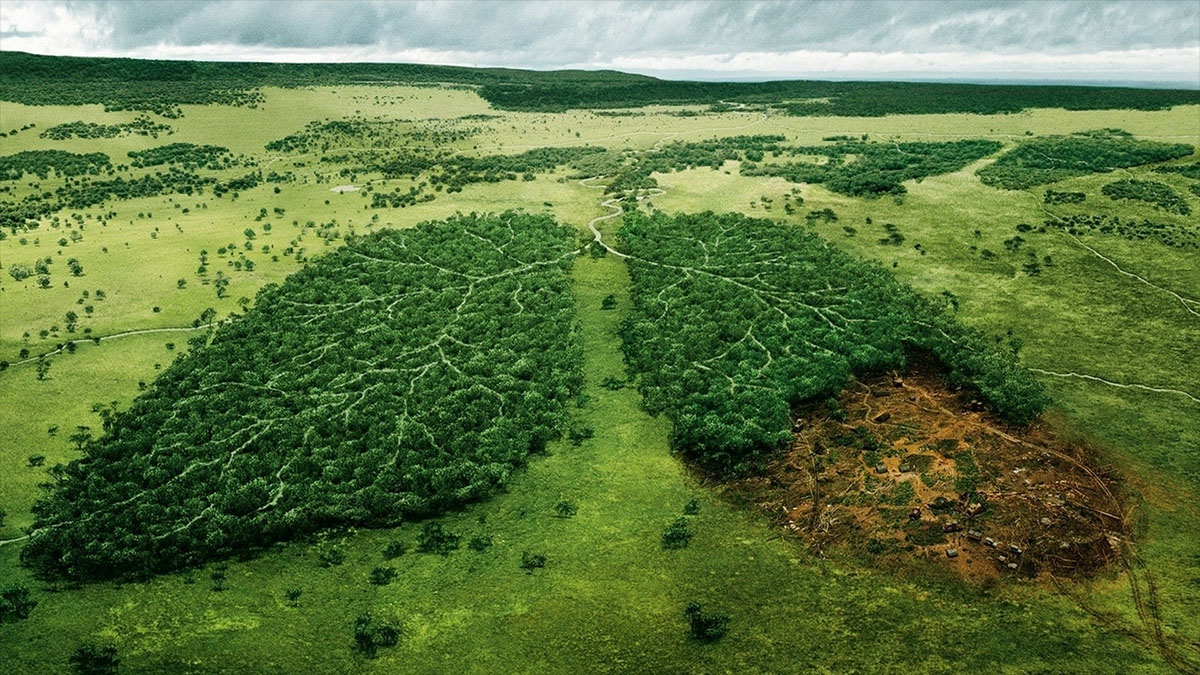if you can’t save the world, how about just half?

How about we run through a few basic statistics about our effects on the world around us? Over the last hundred years or so, we paved nearly 11.2 million miles of roads, built 845,000 dams to divert over a third of all rivers on the planet, consumed over a billion gallons of water, generated and then used 142,000 Terrawatt hours of electricity, and belched 33 billion tons of greenhouse gases into the atmosphere. The only things that impact Earth more than human industrialization are supervolcanic eruptions and massive asteroid impacts, which is why environmentalists have been thinking about a bold plan to somehow mark half the planet as conservation areas. While you might think that there’s no place where humans can’t thrive, the fact of the matter is that an amazingly large percentage of Earth isn’t extremely welcoming to humans or practical to settle in the long run. We are still tropical creatures who like mild, warm climates and want access to the world’s oceans, which is why 44% of us live in coastal areas rather than deserts and tundras. As well adapted to this planet as we are, we’re really not as spread out as we often think we are.
Even more interestingly, we’re converging more and more into megacities like Shanghai, Tokyo, Mumbai, New York, and Los Angeles. More than half the global population now calls cities home and the trend is very likely to continue in a post-industrial economy where efficiency is king, and geographic hubs for many professions are still very important. What’s more is that the new trend towards automated vertical farming, which reduces costs, water use, and eliminates the need for pesticides, would also free up millions and millions of acres of land currently used for growing all of our crops. Sure, not all farming can be done indoors and livestock raised for consumption will either still need to be raised the old-fashioned way, or we’d need to create synthetic meat that’s palatable to most people. We may never live in cities contained within skyscrapers for maximum efficiency, but there are a lot of demographic projections saying that 80% of us will be living way closer together on average than we do today, in massive, sprawling cities, and we’re making the necessary preparations already. So while at first glance, it may seem odd to abandon half of all land to become a nature preserve, maybe, just maybe, it will be possible in some 35 years…





